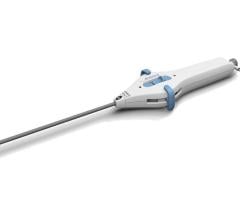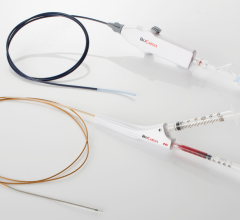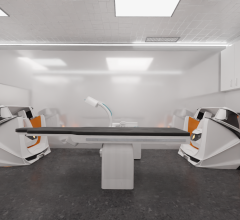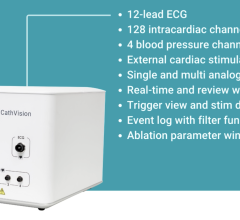
August 3, 2012 — St. Jude Medical recently announced initial findings from the Riata lead evaluation study. The study’s phase I results found that externalized conductors occurred in 9.3 percent of the smaller-diameter Riata ST 7 French leads in the study, and in 24 percent of the larger-diameter Riata 8 French leads.
The Riata lead evaluation study is an international, multicenter, prospective study of Riata and Riata ST silicone defibrillation leads. It enrolled 724 patients at 20 sites in the United States and Canada. An additional 51 patients were enrolled at three sites in Japan. Those results are awaiting final adjudication and will be reported at a later date.
The study will continue to evaluate the performance of Riata leads—both with and without externalized conductors—over the next two years to determine how they function over time, which may help further inform patient management considerations. In other clinical studies, the majority of leads with an externalized conductor continued to function normally.
“The rates of externalized conductors in this study are consistent with other published studies involving fluoroscopic screening of patients with Riata leads. This study also reinforces that externalized conductors are more prevalent in larger-diameter Riata leads,” said Mark Carlson, chief medical officer and senior vice president of clinical affairs for the St. Jude Medical Cardiac Rhythm Management Division. “We are now focused on collecting longer-term data in the second phase of this study. Our goal is to provide physicians timely and relevant clinical data to best support their patient management decisions.”
An experienced physician panel adjudicated fluoroscopic images using objective criteria for the presence or absence of externalized conductors in enrolled patients’ leads. The St. Jude Medical independent Leads Medical Advisory Board has reviewed the results and recommends no changes to existing patient management recommendations.
Based on an analysis of products returned to St. Jude Medical, externalized conductors in Riata leads are most frequently associated with inside-out abrasion, which occurs when the cables housed within the outer insulation of the lead work their way outside of the lead body as a result of movement against the insulation. External, or outside-in, abrasion is a known cause of failure across all cardiac leads in the industry, and is different from the inside-out abrasion seen with externalized conductors in some Riata leads.
Externalized conductors can be visualized through X-ray or fluoroscopy; however, it is important to note that externalized conductors may be visualized without any associated clinical or device-related observations. In the majority of reported cases, a lead with an externalized conductor continued to function normally.
For more information: www.riatacommunication.com


 July 31, 2024
July 31, 2024 








